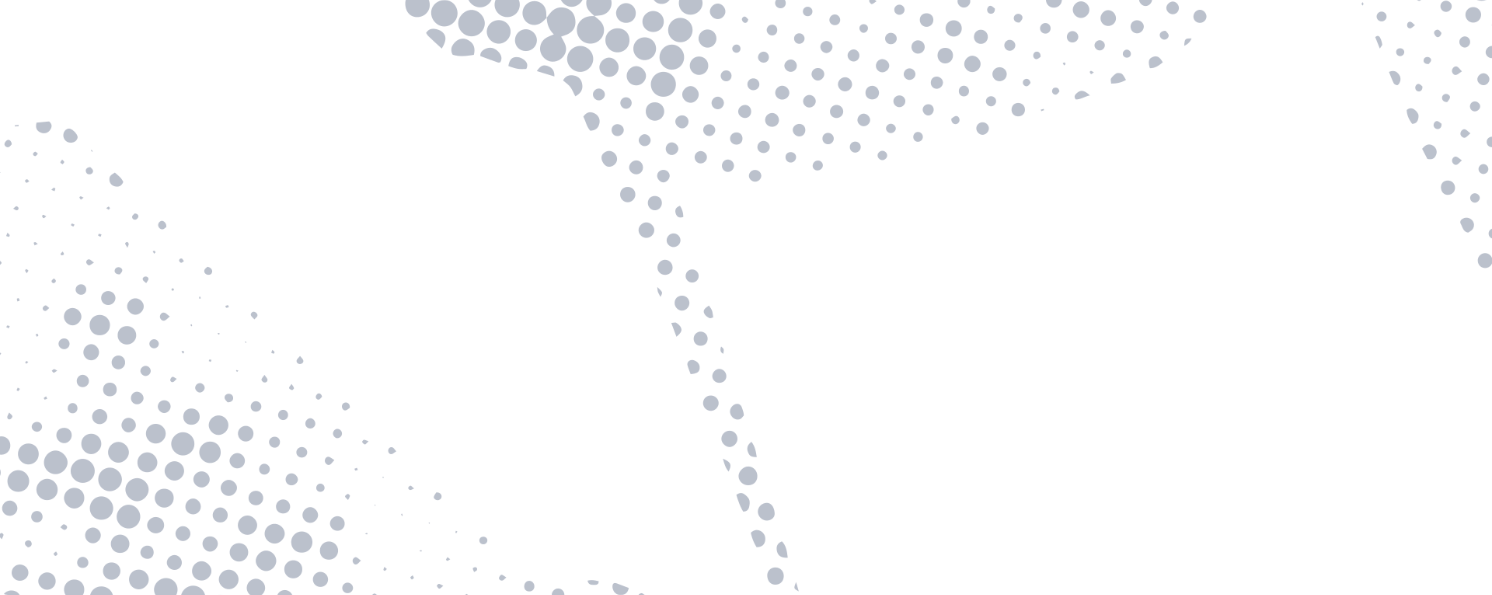
Today, our economy extracts more than 100 billion tons of material every year [Circle Economy; 2020]. With just 8.6 % of waste recycled, unsustainable resource use and growing consumption patterns remain incongruent with our planet’s natural resources.
Islands possess a unique geography for studying resource use. Not only are they constrained by size, but they’re limited in population, which means that it’s difficult for small island developing states (SIDS) to have an economy of scale. Islands are also disproportionately impacted by limited waste absorption capacity, resource dependency, climate vulnerability, and a range of environmental and systemic risks.
‘It’s cheaper to import goods as you don’t manufacture for small populations, which is a major disadvantage when it comes to resource reliance’, Dr Simron Singh, Professor and Associate Dean in the Faculty of Environment, at the University of Waterloo, Canada points out.
However, rather than seeing small islands as just victims of climate change, the Metabolism of Islands (MoI) initiative sees SIDS as hubs for innovation, that are uniquely positioned to be leaders in sustainability and climate action. MoI is an open-access data portal looking at the physical basis of island economies, such as what and how much resources are locally produced, imported, transformed, used, stocked, and discarded on islands. Behind MoI is a network of scholars conducting policy research on how islands can leverage resource use and efficiency to adapt to climate change and build resilience.
Before co-founding MoI, industrial ecologist Simron started out as a researcher 20 years ago in the Indian ocean in the Nicobar Islands. It was here that Simron first explored island sustenance and reproduction, and the concept of island metabolism that tracks material and energy flows by way of the natural environment and imports and exports.
Following the tsunami in 2004, Simron witnessed a detrimental shift in resource use spurred on by humanitarian aid.
‘Suddenly hunter gatherer subsistence communities are driven to consume more resources than before, much of this coming from aid from outside. Now an aid dependent society, everything has to be exported from outside’, Simron explains.
Reframing sustainability towards resource circularity
Looking at patterns of resource use moves environmentalism beyond just conservation and efforts to preserve and protect environments. Meaningful interventions to protect our planet and its resources must factor in the relationship between human activity and the environment.
We need to reframe sustainability as not just nature conservation but rather focus on human and environment interactions over time, and how this has impacts ecosystems and human wellbeing’

Waste is an important part of this discussion. The idea of “waste” emerges from the dominant linear system of the economy in which virgin materials are extracted, used, and finally discarded as unwanted waste which are often difficult to dispose of sustainability. MoI looks at ways to reconfigure this and see waste as a resource.
An example is the agriculture sector and using biomass and unused residue from harvest or food waste as a source of energy. Resource circularity takes waste from one sector and uses it to benefit another, therefore reducing the need to extract further raw materials.
Building local capacity and national impact
Integrally, MoI fosters a community of cross-sector, international partners and stakeholders committed to developing solutions for islands. As well as acting as an open-access data portal, MoI is also a research and mentorship programme which helps to build local capacity on small islands to conduct resource use research. This is driven by a network of scholars and collaborations with universities across the world – particularly small island universities such as the University of the West Indies in Jamaica and in Barbados. Research and peer-to-peer learning programmes are essential in addressing the need to make resource use compelling for policy makers.
In 2019, Simron visited the University of Aruba – a small island university in the Dutch Caribbean, to present the work done by MoI. Later that year, the university launched a new programme on sustainable island solutions, that collaborates with MoI to provide a regular platform for engaging young scholars interested in island sustainability.
From receiving an invitation from the US Virgin Islands senate to produce a food security plan and inputting into the blue green economy bill, to working with local authorities in Grenada on their national sustainable development and waste management plan - Simron’s research career has led him to work with local governments and to advise on national policy.
Despite today’s sobering statistics of global consumption and extraction rates, research into resource use and island metabolism is an exciting and innovative field with a lot of potential. However, according to Simron, this is just the beginning.
There’s a long way to go in how we think about new ways to conceive and convert resources into services that enhances human wellbeing, future jobs, new skills and new types of technology. Now people are working in a linear economy, what needs to happen is changes in human resources and how we plan our resources and spaces for a “circular economy”, recycling resources just as nature does. If an outflow from one sector will become an inflow into another, spatial planning is important. It’s quite exciting as it’s evolving’

